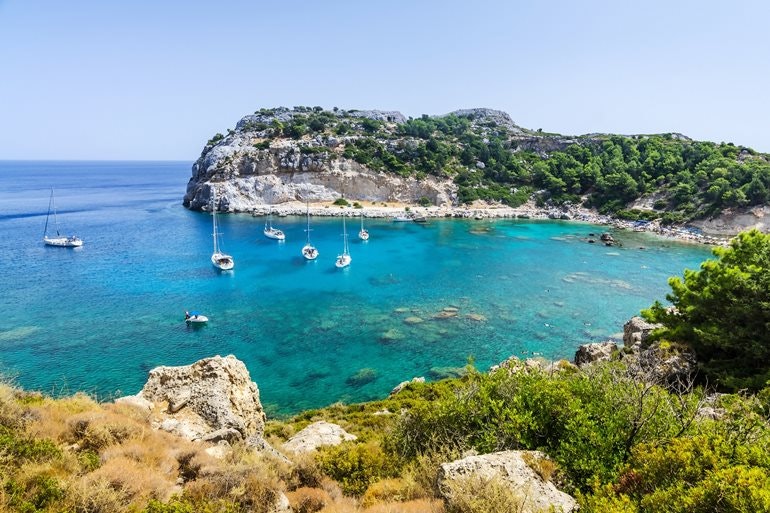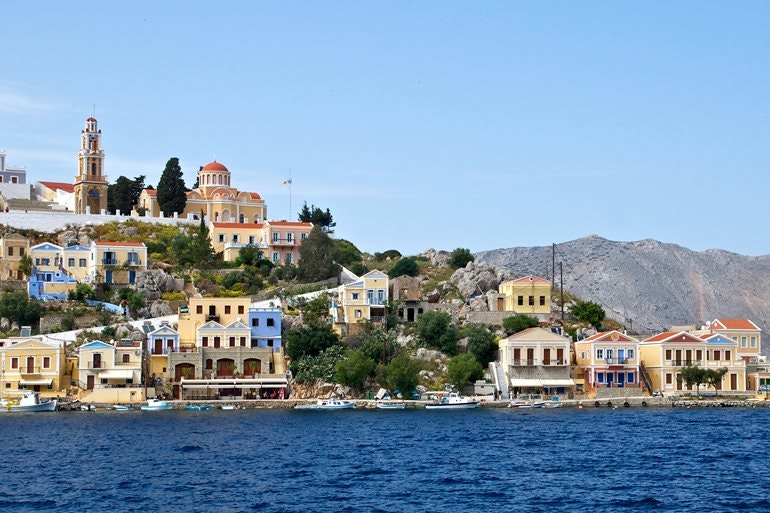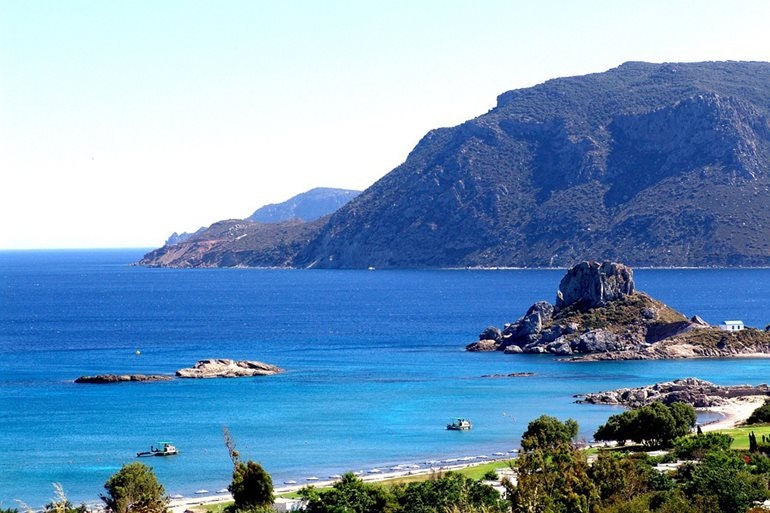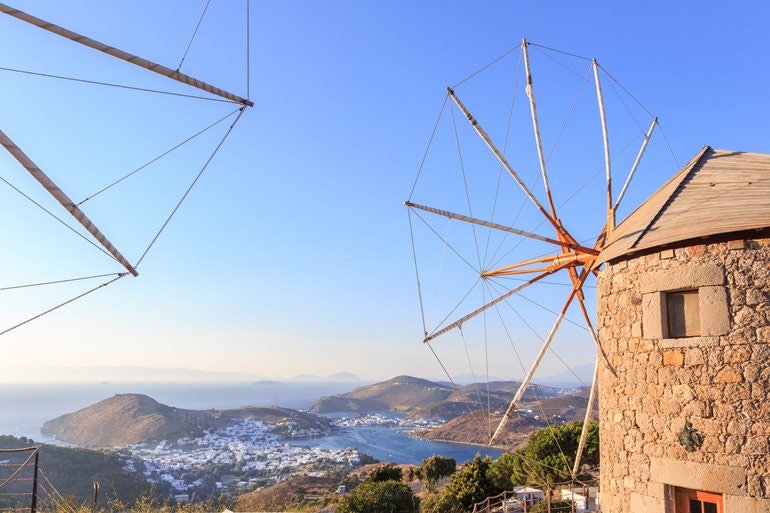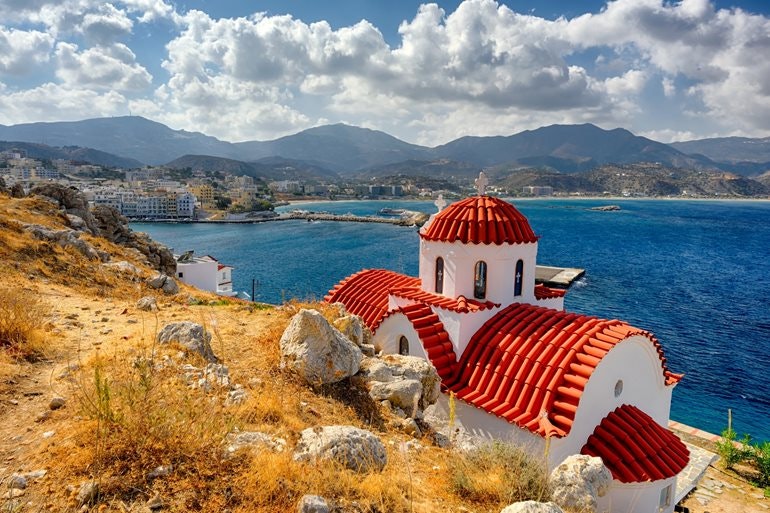Rhodes is the largest of the Dodecanese islands and the most active in terms of tourism. This is very true of the northern coastline, where one small town blends smoothly into the next, forming a band of little souvenir shops, bars, tavernas and hotels. Thanks to its size though, the island also offers some quieter corners. The capital city of Rhodes is fascinating, a mix of the old and the new. The medieval old town meanwhile, is a true gem of the Aegean Sea and was deservedly included in the UNESCO heritage list in 1988. The old town is often compared to Jerusalem and has provided a safe haven for its inhabitants since 408 BC, although its current appearance was shaped by the Knights of the Order of Saint John, who had occupied the area since 1306. The fortress at the top of the hill is truly majestic, known as The Palace of the Grandmasters, and you will also be overwhelmed by the Street of the Knights Odos Ippoton, which is unparalleled on the islands. The Street of the Knights has been looked after very carefully for centuries and is lined by the residences of knights from the Order of Saint John. It was here that the knights of different nationalities met and where their names originate—the Italian Residence, the English Residence and so on. Make sure to visit the Archaeological Museum located in the old hospital of the Order of Saint John dating back to 1440–1481. What to look out for here? Most certainly the impressive marble statue dating back to the 1st century BC, depicting Aphrodite of Rhodes. But there are many beautiful places in Rhodes and this is why we recommend that you find a good guide to help you really enjoy the city to the fullest.
Rhodes Marina
You will find the marina south of the old town. You anchor here on the eastern side, either bows-to or stern-to, or you can anchor in the middle. Around 300 boats fit here with a full range of amenities such as water, electricity, showers, and toilets.
South of Rhodes, you will find the characteristic small town of Lindos with charming out-of-the-way lanes and whitewashed houses. Rising directly above the town to a height of 116 m and dating back as far as the 4th century BC, you will find the remains of the Temple of Athena Lindia, so highly venerated was she in ancient Greece that Alexander the Great himself, made a pilgrimage here.
Rhodes Harbour (Mandraki)
You can already see the city of Rhodes from afar, its huge hotels and many ferries making it quite conspicuous.
You must be careful of the shallows north of Milon lighthouse. Also, stay alert during strong southerly and easterly winds, as the entrance to the dock can be very choppy, but inside it is usually calm. The harbour is hopelessly busy during summer and charter companies protect their berths zealously. Yachts can anchor at the pontoon on the western side, where there are a few moorings, but anchors often cross here and the waters tend to be changeable. You can also anchor at the breakwater on the western side of Emborikós harbour, but the Meltemi and frequent manoeuvring of large ships make mooring here risky. Also be careful of the chain lying at the bottom 30 m from the breakwater. It is very easy to catch your anchor on this. The harbour is well sheltered from the Meltemi.
